Blog
Fish ID: The nudibranchs
- by Cindy
-
in Blog
-
Hits: 975
Discover the amazing family of the "nudibranchs"
All over the world, no matter at which depth you are able to dive, you can always find a colorful nudibranch during your dive. The nudibranchs are amazing by their tremendous variety of shapes and colors. Let's discover together a little bit more about these fantastic creatures.
What are these fishes called nudibranchs? What can these little creatures look like?
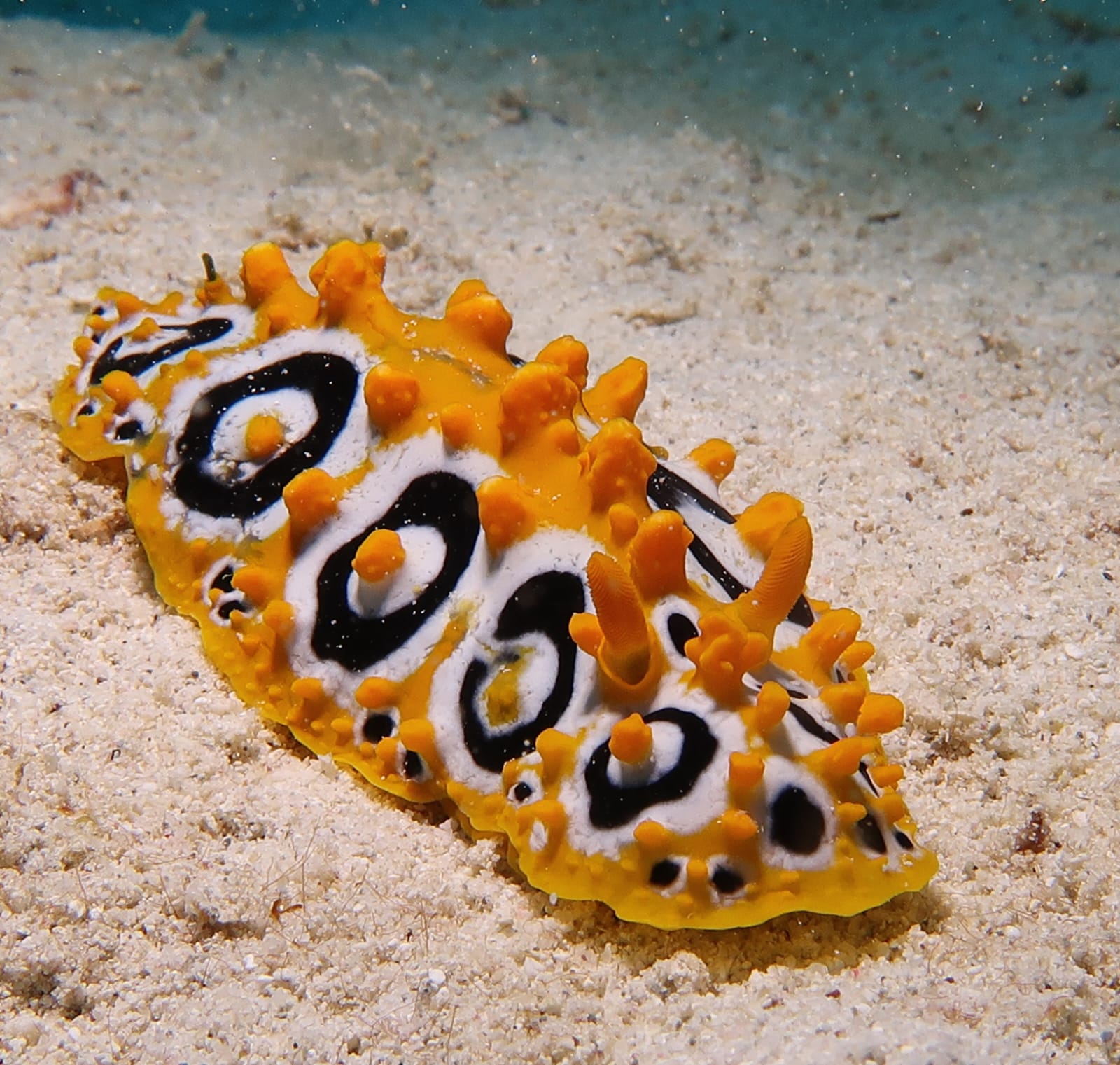
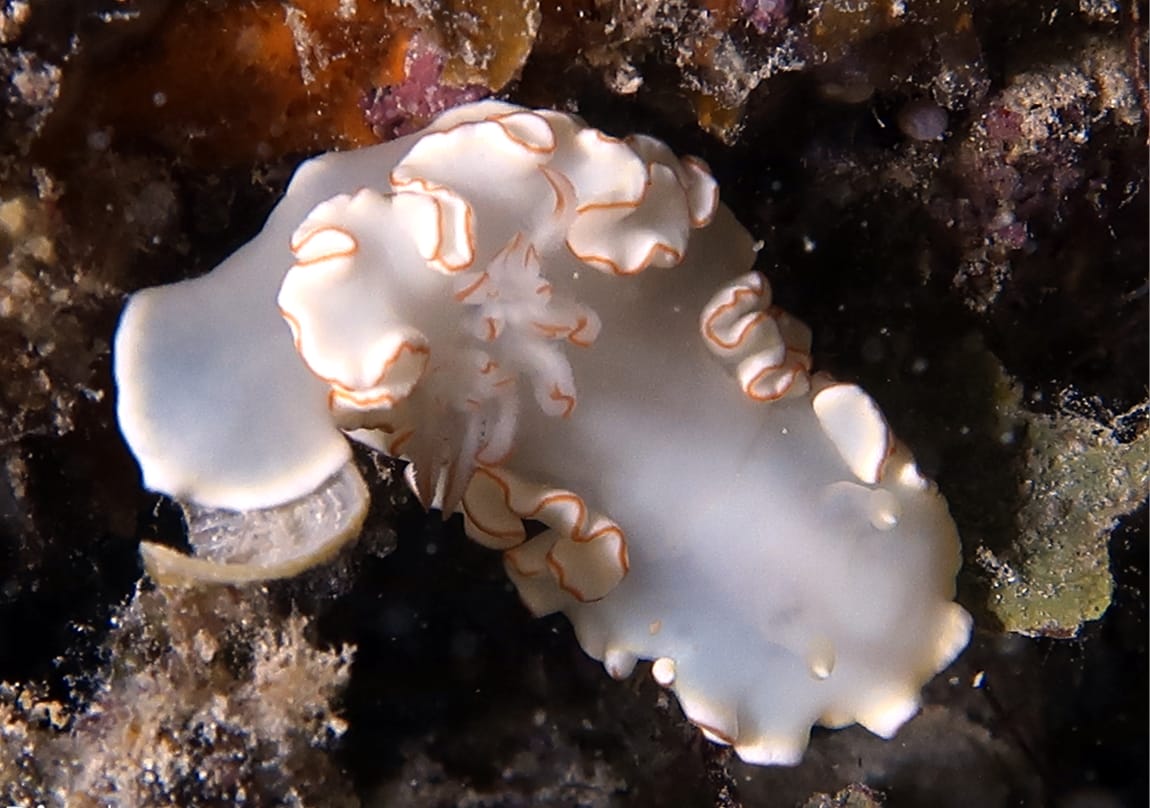
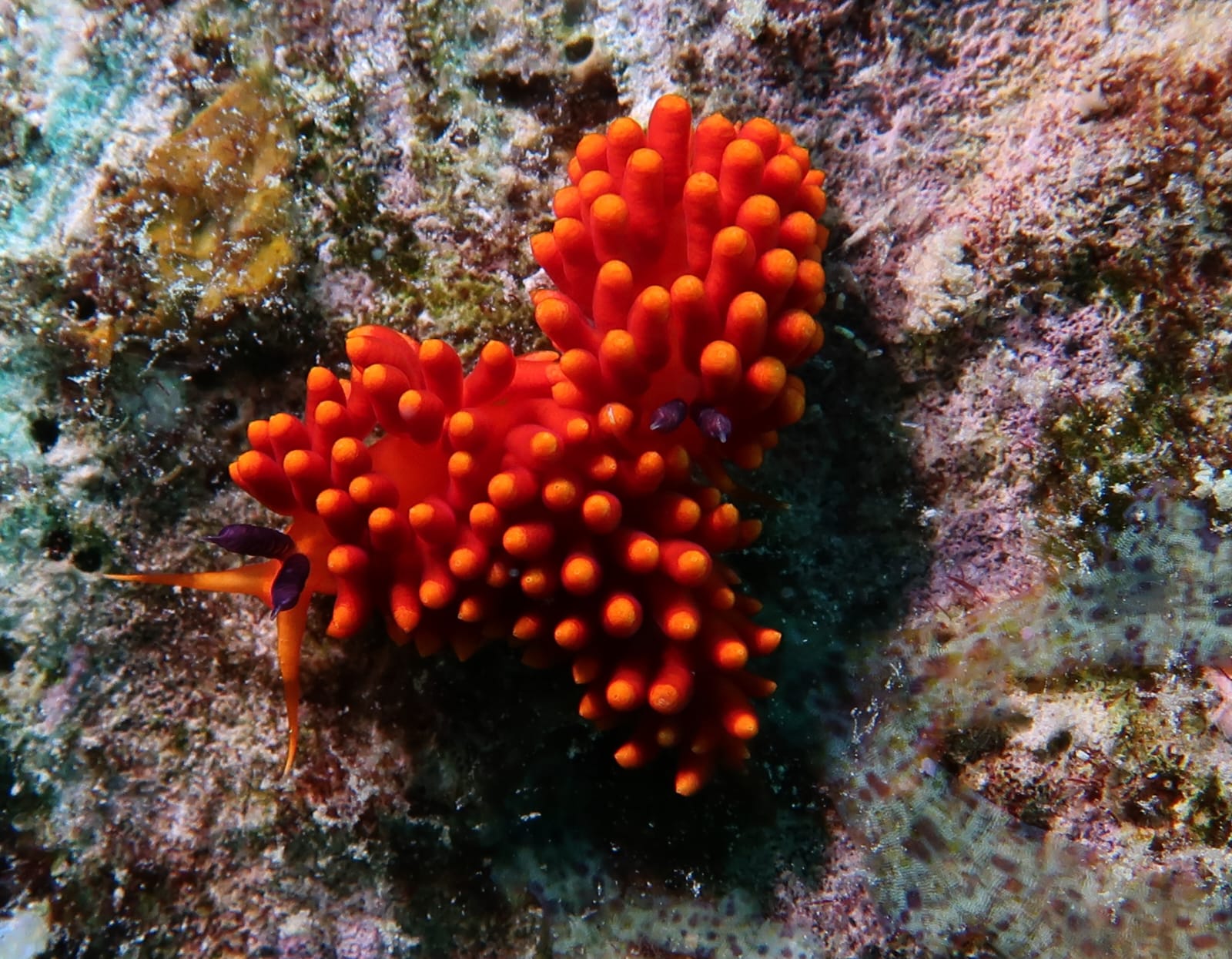
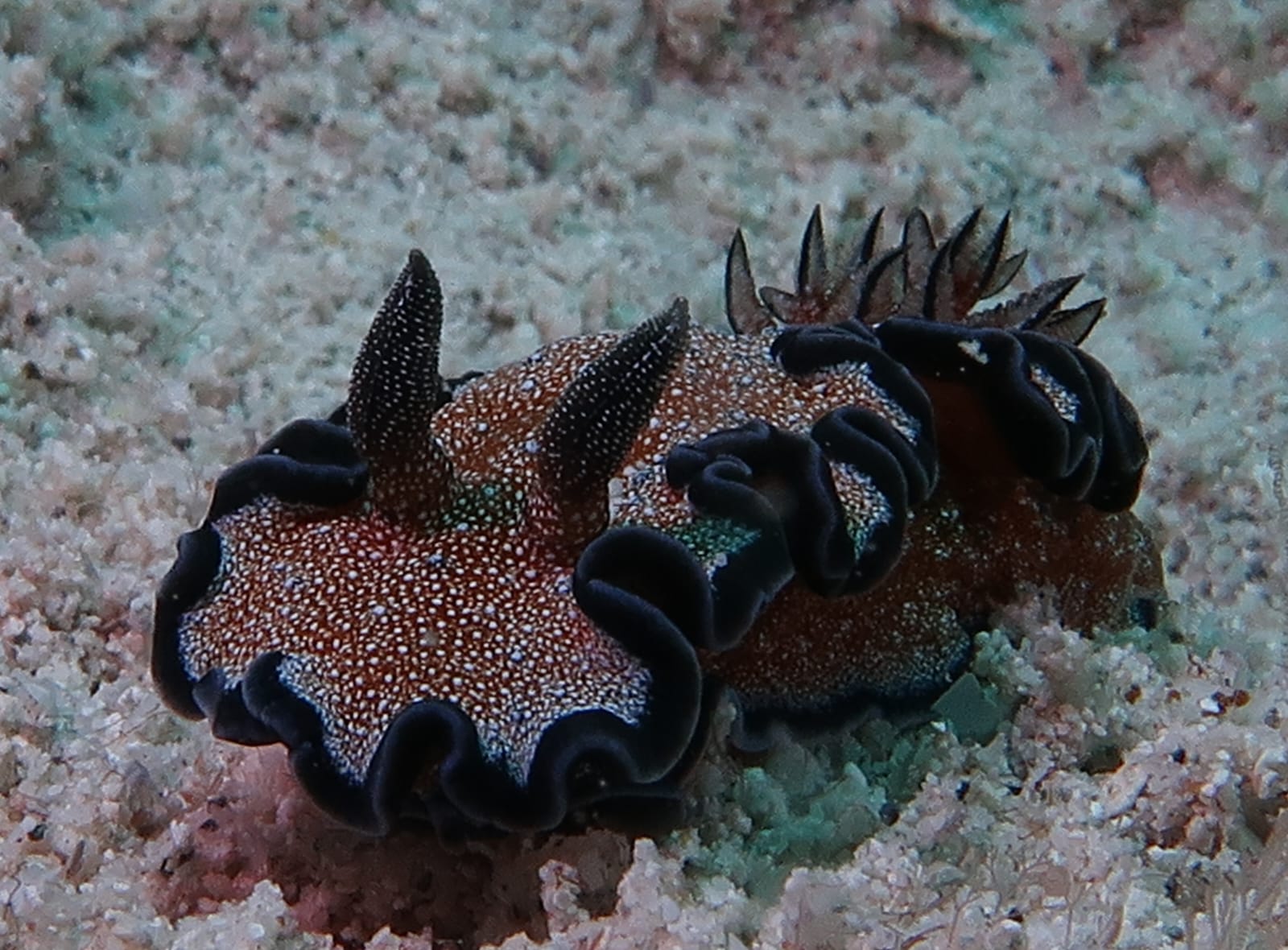
Special thanks to Visham for all these amazing pictures :)
FUN FACTS
- They are hermaphrodites, which means they have both female and male genital systems
- They are carnivorous, with their jaws they can eat sponges, bryozoans, ascidians, and hydras
- They are able to sacrifice one part of their own body, which will regenerate itself, to save themselves
IdentityDescriptionNudibranchs are a group of soft-bodied marine gastropod mollusks, that lose their shells when they grow up. They are called nudibranchs because their gills are exposed outside their body without shell to protect them. Where to find them?You can find them all around the world, in cold, temperate, and tropical waters, from the Artic to Antarctica. They mostly live in salt water, except a few species that are known to live in brackish water. They can live in shallow reef as much as they can live at depth. How long do they live?Most of them have a short life and live up to a few weeks. A few rare species are able to live up over a year. What size are they?Depending on the specie, the nudibranch can measure in adult size between 4 to 600 mm. The biggest specie being the famous “Spanish dancer”. How many species?As of today, about 3,000 valid species have been recognized. How do they reproduce?They are hermaphrodites, which means they have both male and female genitals systems, but they still need a partner to reproduce. Their mating usually lasts a few minutes, they put their genitals in contact to exchange their male gametes and fertilize their female gametes. Both nudibranchs will be pregnant after that and able to give birth to just 1-2 eggs or until 25 million eggs depending on the specie.
|
What do they eat?They all are carnivorous. Some of them eat sponges, other ones eat hydroids, bryozoans or even other ones are eating other sea slugs or their eggs. On some occasions, nudibranchs are also cannibals and eat their own specie. How do they move?Nudibranchs are able to move in different ways. For example, they can crawl by using wavelike motions that “flow”. Some of them can swim short distances in the water column by flexing their muscles. Who are their predators?Their main predators can be other nudibranchs, turtles, some wrasses, some crabs, and humans. What is their defense? |
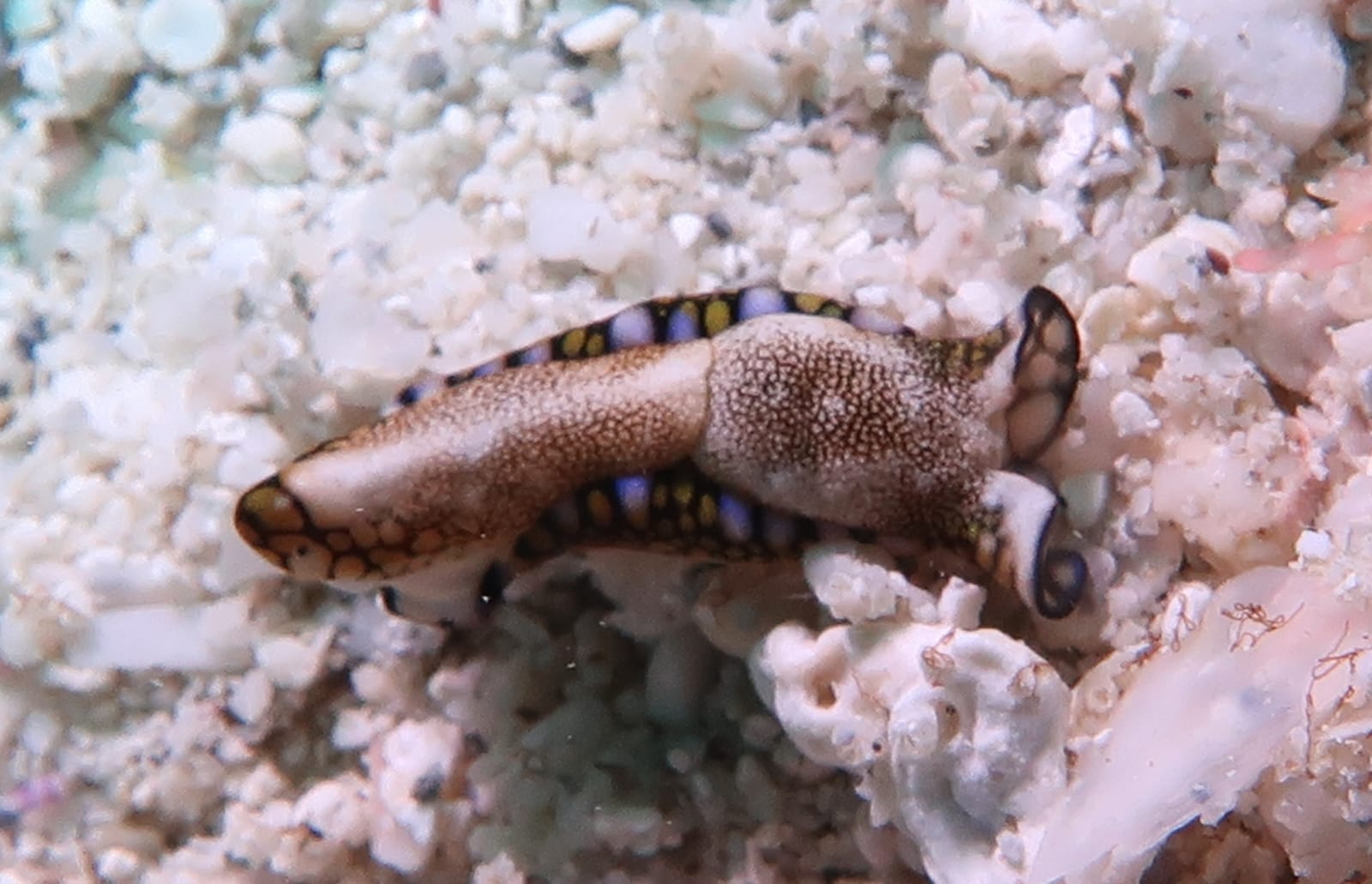
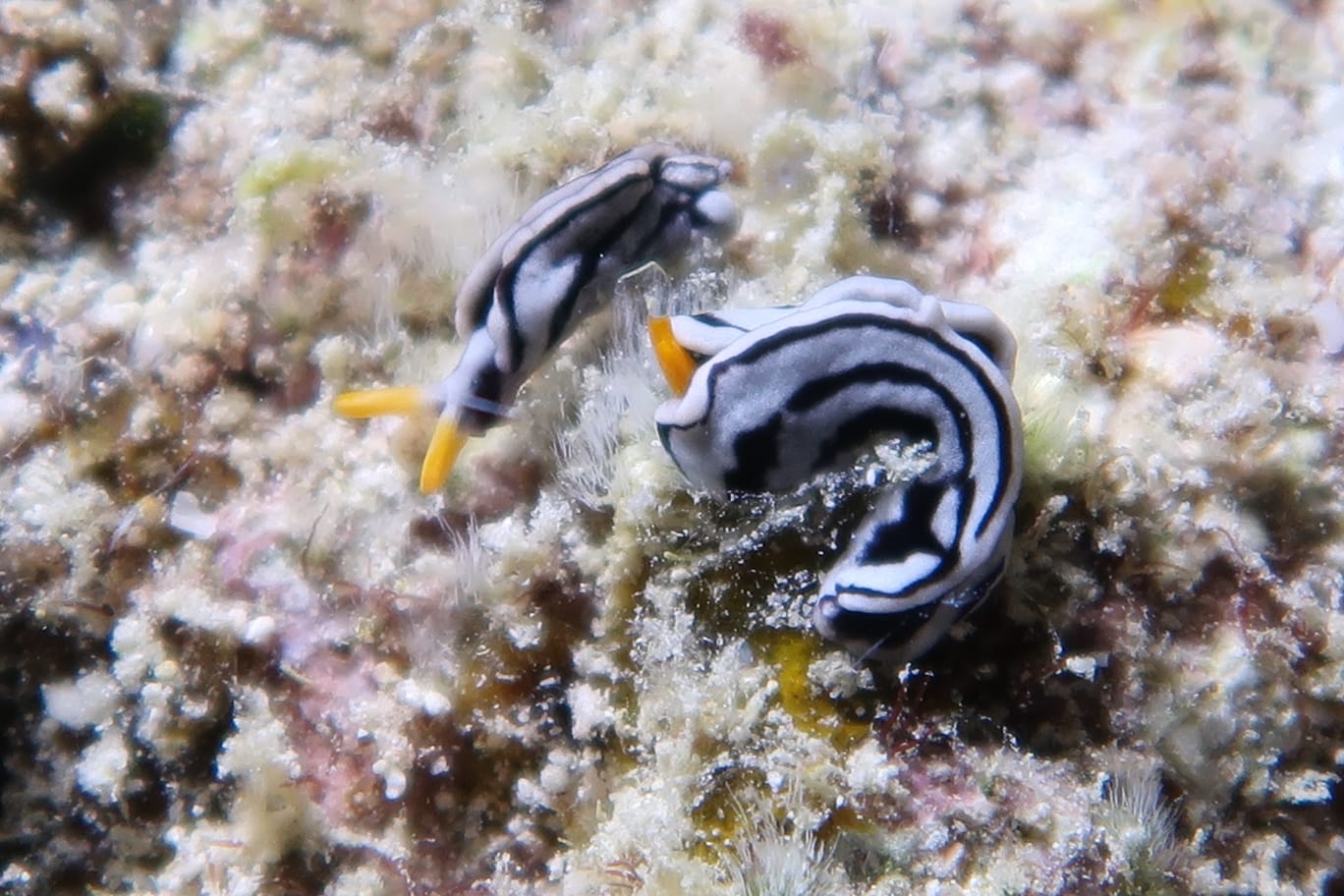

Special thanks to Visham for all these amazing pictures :)
Comments
- No comments found




Leave your comments